Shancong Mou
Synth4Seg -- Learning Defect Data Synthesis for Defect Segmentation using Bi-level Optimization
Oct 24, 2024Abstract:Defect segmentation is crucial for quality control in advanced manufacturing, yet data scarcity poses challenges for state-of-the-art supervised deep learning. Synthetic defect data generation is a popular approach for mitigating data challenges. However, many current methods simply generate defects following a fixed set of rules, which may not directly relate to downstream task performance. This can lead to suboptimal performance and may even hinder the downstream task. To solve this problem, we leverage a novel bi-level optimization-based synthetic defect data generation framework. We use an online synthetic defect generation module grounded in the commonly-used Cut\&Paste framework, and adopt an efficient gradient-based optimization algorithm to solve the bi-level optimization problem. We achieve simultaneous training of the defect segmentation network, and learn various parameters of the data synthesis module by maximizing the validation performance of the trained defect segmentation network. Our experimental results on benchmark datasets under limited data settings show that the proposed bi-level optimization method can be used for learning the most effective locations for pasting synthetic defects thereby improving the segmentation performance by up to 18.3\% when compared to pasting defects at random locations. We also demonstrate up to 2.6\% performance gain by learning the importance weights for different augmentation-specific defect data sources when compared to giving equal importance to all the data sources.
Uni-3DAD: GAN-Inversion Aided Universal 3D Anomaly Detection on Model-free Products
Aug 29, 2024



Abstract:Anomaly detection is a long-standing challenge in manufacturing systems. Traditionally, anomaly detection has relied on human inspectors. However, 3D point clouds have gained attention due to their robustness to environmental factors and their ability to represent geometric data. Existing 3D anomaly detection methods generally fall into two categories. One compares scanned 3D point clouds with design files, assuming these files are always available. However, such assumptions are often violated in many real-world applications where model-free products exist, such as fresh produce (i.e., ``Cookie", ``Potato", etc.), dentures, bone, etc. The other category compares patches of scanned 3D point clouds with a library of normal patches named memory bank. However, those methods usually fail to detect incomplete shapes, which is a fairly common defect type (i.e., missing pieces of different products). The main challenge is that missing areas in 3D point clouds represent the absence of scanned points. This makes it infeasible to compare the missing region with existing point cloud patches in the memory bank. To address these two challenges, we proposed a unified, unsupervised 3D anomaly detection framework capable of identifying all types of defects on model-free products. Our method integrates two detection modules: a feature-based detection module and a reconstruction-based detection module. Feature-based detection covers geometric defects, such as dents, holes, and cracks, while the reconstruction-based method detects missing regions. Additionally, we employ a One-class Support Vector Machine (OCSVM) to fuse the detection results from both modules. The results demonstrate that (1) our proposed method outperforms the state-of-the-art methods in identifying incomplete shapes and (2) it still maintains comparable performance with the SOTA methods in detecting all other types of anomalies.
VISION Datasets: A Benchmark for Vision-based InduStrial InspectiON
Jun 18, 2023Abstract:Despite progress in vision-based inspection algorithms, real-world industrial challenges -- specifically in data availability, quality, and complex production requirements -- often remain under-addressed. We introduce the VISION Datasets, a diverse collection of 14 industrial inspection datasets, uniquely poised to meet these challenges. Unlike previous datasets, VISION brings versatility to defect detection, offering annotation masks across all splits and catering to various detection methodologies. Our datasets also feature instance-segmentation annotation, enabling precise defect identification. With a total of 18k images encompassing 44 defect types, VISION strives to mirror a wide range of real-world production scenarios. By supporting two ongoing challenge competitions on the VISION Datasets, we hope to foster further advancements in vision-based industrial inspection.
RGI: robust GAN-inversion for mask-free image inpainting and unsupervised pixel-wise anomaly detection
Feb 24, 2023



Abstract:Generative adversarial networks (GANs), trained on a large-scale image dataset, can be a good approximator of the natural image manifold. GAN-inversion, using a pre-trained generator as a deep generative prior, is a promising tool for image restoration under corruptions. However, the performance of GAN-inversion can be limited by a lack of robustness to unknown gross corruptions, i.e., the restored image might easily deviate from the ground truth. In this paper, we propose a Robust GAN-inversion (RGI) method with a provable robustness guarantee to achieve image restoration under unknown \textit{gross} corruptions, where a small fraction of pixels are completely corrupted. Under mild assumptions, we show that the restored image and the identified corrupted region mask converge asymptotically to the ground truth. Moreover, we extend RGI to Relaxed-RGI (R-RGI) for generator fine-tuning to mitigate the gap between the GAN learned manifold and the true image manifold while avoiding trivial overfitting to the corrupted input image, which further improves the image restoration and corrupted region mask identification performance. The proposed RGI/R-RGI method unifies two important applications with state-of-the-art (SOTA) performance: (i) mask-free semantic inpainting, where the corruptions are unknown missing regions, the restored background can be used to restore the missing content; (ii) unsupervised pixel-wise anomaly detection, where the corruptions are unknown anomalous regions, the retrieved mask can be used as the anomalous region's segmentation mask.
PAEDID: Patch Autoencoder Based Deep Image Decomposition For Pixel-level Defective Region Segmentation
Apr 11, 2022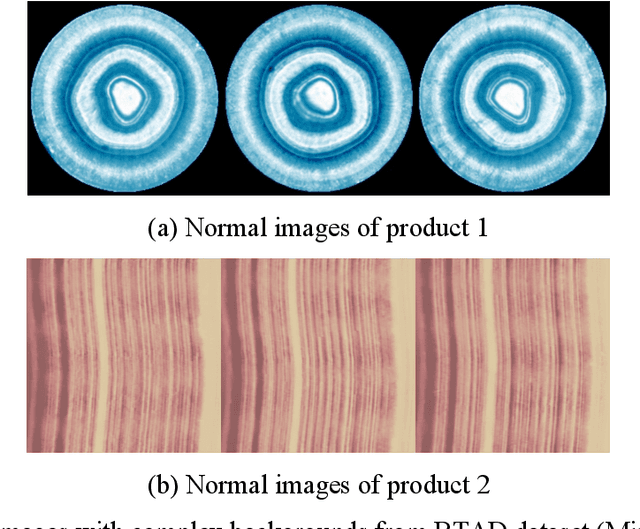
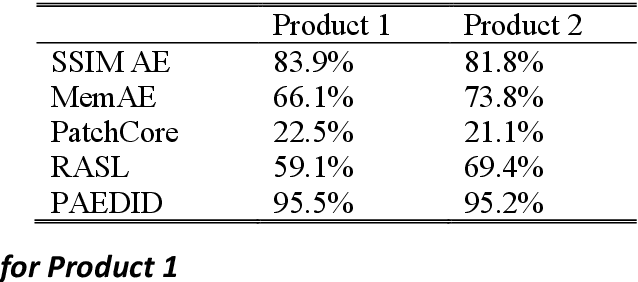
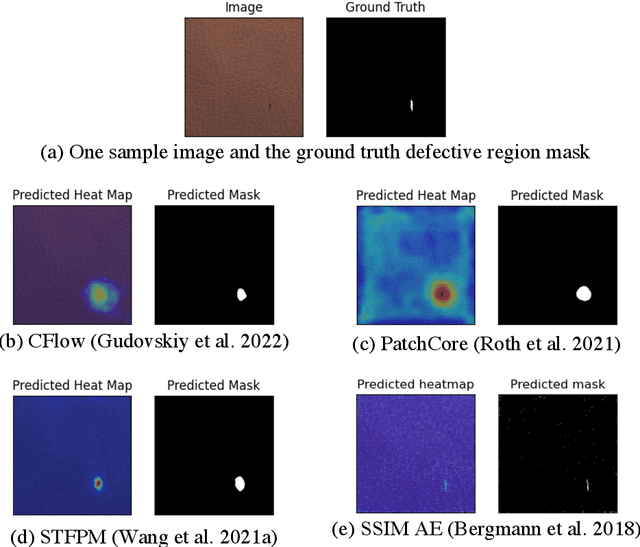

Abstract:Unsupervised pixel-level defective region segmentation is an important task in image-based anomaly detection for various industrial applications. The state-of-the-art methods have their own advantages and limitations: matrix-decomposition-based methods are robust to noise but lack complex background image modeling capability; representation-based methods are good at defective region localization but lack accuracy in defective region shape contour extraction; reconstruction-based methods detected defective region match well with the ground truth defective region shape contour but are noisy. To combine the best of both worlds, we present an unsupervised patch autoencoder based deep image decomposition (PAEDID) method for defective region segmentation. In the training stage, we learn the common background as a deep image prior by a patch autoencoder (PAE) network. In the inference stage, we formulate anomaly detection as an image decomposition problem with the deep image prior and domain-specific regularizations. By adopting the proposed approach, the defective regions in the image can be accurately extracted in an unsupervised fashion. We demonstrate the effectiveness of the PAEDID method in simulation studies and an industrial dataset in the case study.
Synthetic Defect Generation for Display Front-of-Screen Quality Inspection: A Survey
Mar 03, 2022
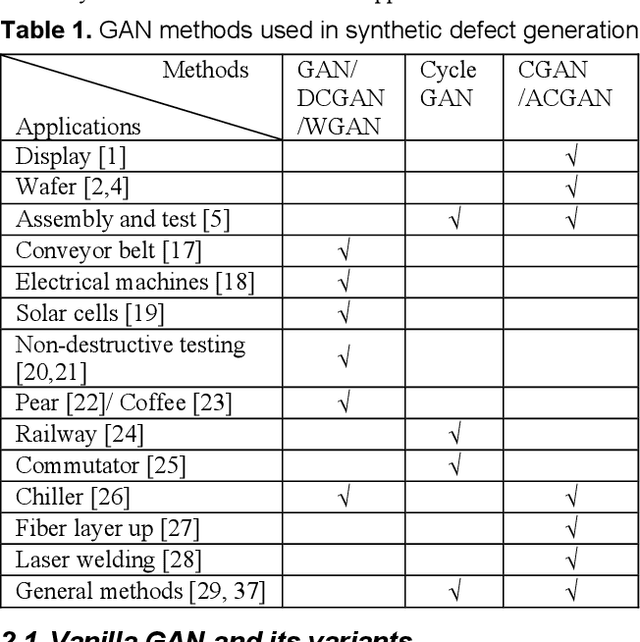


Abstract:Display front-of-screen (FOS) quality inspection is essential for the mass production of displays in the manufacturing process. However, the severe imbalanced data, especially the limited number of defect samples, has been a long-standing problem that hinders the successful application of deep learning algorithms. Synthetic defect data generation can help address this issue. This paper reviews the state-of-the-art synthetic data generation methods and the evaluation metrics that can potentially be applied to display FOS quality inspection tasks.
Compressed Smooth Sparse Decomposition
Jan 19, 2022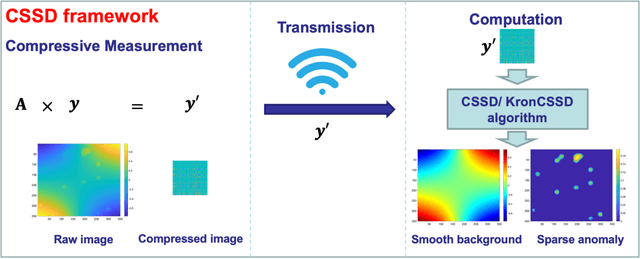


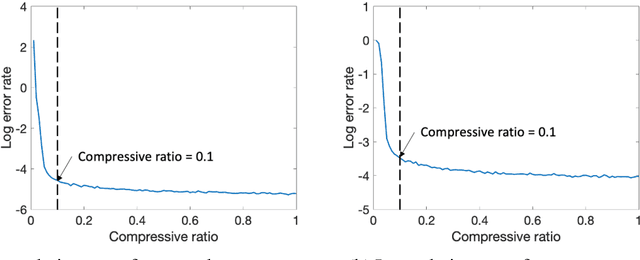
Abstract:Image-based anomaly detection systems are of vital importance in various manufacturing applications. The resolution and acquisition rate of such systems is increasing significantly in recent years under the fast development of image sensing technology. This enables the detection of tiny defects in real-time. However, such a high resolution and acquisition rate of image data not only slows down the speed of image processing algorithms but also increases data storage and transmission cost. To tackle this problem, we propose a fast and data-efficient method with theoretical performance guarantee that is suitable for sparse anomaly detection in images with a smooth background (smooth plus sparse signal). The proposed method, named Compressed Smooth Sparse Decomposition (CSSD), is a one-step method that unifies the compressive image acquisition and decomposition-based image processing techniques. To further enhance its performance in a high-dimensional scenario, a Kronecker Compressed Smooth Sparse Decomposition (KronCSSD) method is proposed. Compared to traditional smooth and sparse decomposition algorithms, significant transmission cost reduction and computational speed boost can be achieved with negligible performance loss. Simulation examples and several case studies in various applications illustrate the effectiveness of the proposed framework.
Stationary Behavior of Constant Stepsize SGD Type Algorithms: An Asymptotic Characterization
Nov 11, 2021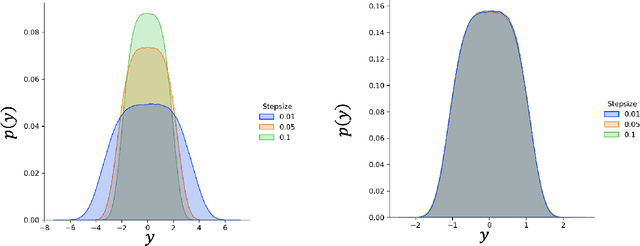
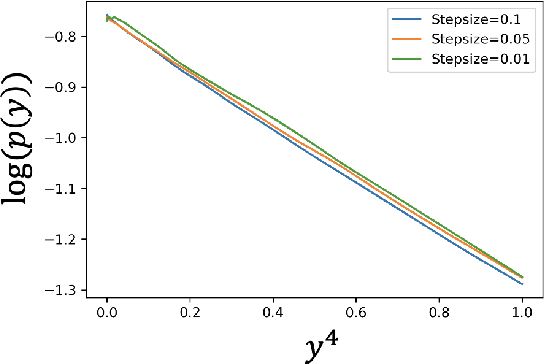
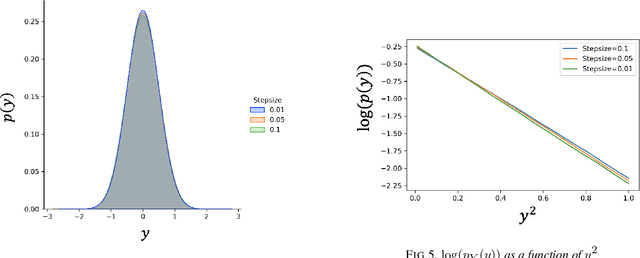
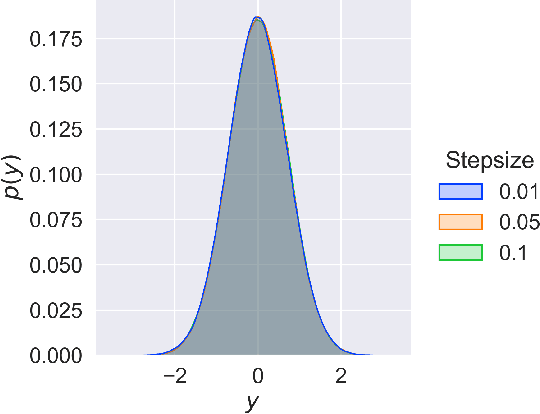
Abstract:Stochastic approximation (SA) and stochastic gradient descent (SGD) algorithms are work-horses for modern machine learning algorithms. Their constant stepsize variants are preferred in practice due to fast convergence behavior. However, constant step stochastic iterative algorithms do not converge asymptotically to the optimal solution, but instead have a stationary distribution, which in general cannot be analytically characterized. In this work, we study the asymptotic behavior of the appropriately scaled stationary distribution, in the limit when the constant stepsize goes to zero. Specifically, we consider the following three settings: (1) SGD algorithms with smooth and strongly convex objective, (2) linear SA algorithms involving a Hurwitz matrix, and (3) nonlinear SA algorithms involving a contractive operator. When the iterate is scaled by $1/\sqrt{\alpha}$, where $\alpha$ is the constant stepsize, we show that the limiting scaled stationary distribution is a solution of an integral equation. Under a uniqueness assumption (which can be removed in certain settings) on this equation, we further characterize the limiting distribution as a Gaussian distribution whose covariance matrix is the unique solution of a suitable Lyapunov equation. For SA algorithms beyond these cases, our numerical experiments suggest that unlike central limit theorem type results: (1) the scaling factor need not be $1/\sqrt{\alpha}$, and (2) the limiting distribution need not be Gaussian. Based on the numerical study, we come up with a formula to determine the right scaling factor, and make insightful connection to the Euler-Maruyama discretization scheme for approximating stochastic differential equations.
Additive Tensor Decomposition Considering Structural Data Information
Jul 27, 2020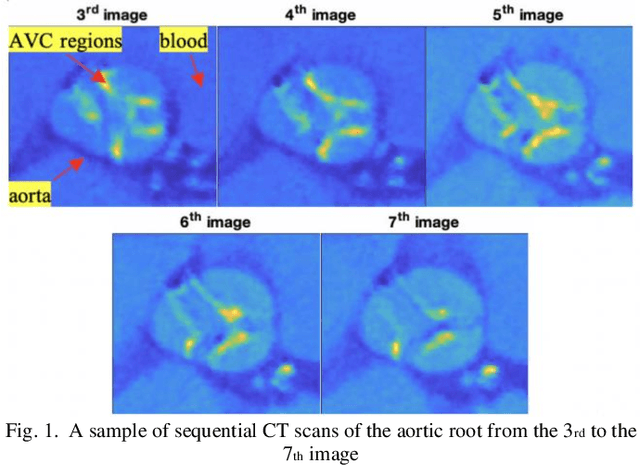
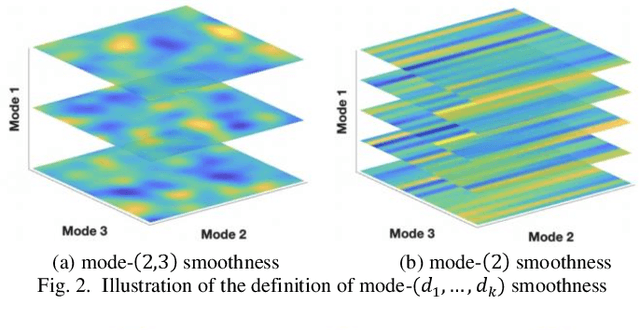
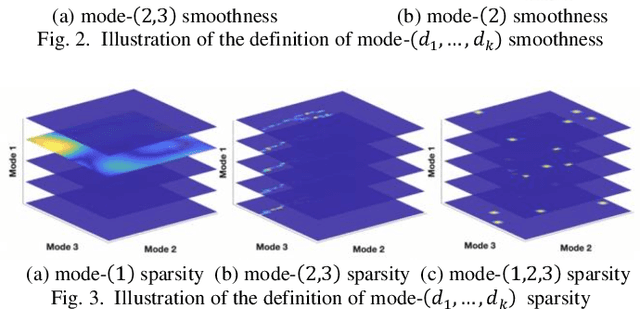
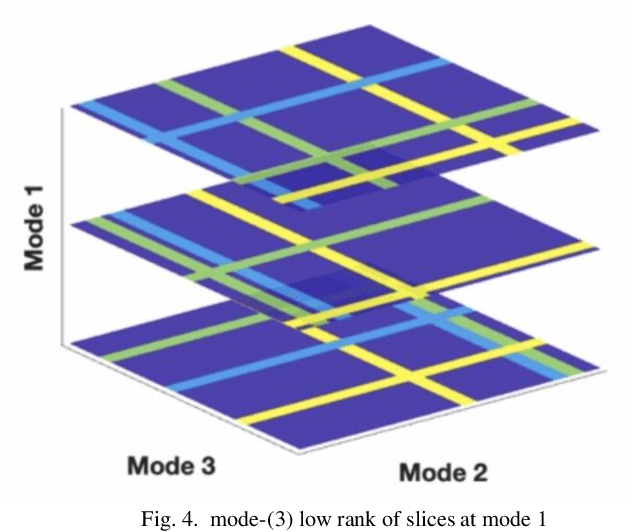
Abstract:Tensor data with rich structural information becomes increasingly important in process modeling, monitoring, and diagnosis. Here structural information is referred to structural properties such as sparsity, smoothness, low-rank, and piecewise constancy. To reveal useful information from tensor data, we propose to decompose the tensor into the summation of multiple components based on different structural information of them. In this paper, we provide a new definition of structural information in tensor data. Based on it, we propose an additive tensor decomposition (ATD) framework to extract useful information from tensor data. This framework specifies a high dimensional optimization problem to obtain the components with distinct structural information. An alternating direction method of multipliers (ADMM) algorithm is proposed to solve it, which is highly parallelable and thus suitable for the proposed optimization problem. Two simulation examples and a real case study in medical image analysis illustrate the versatility and effectiveness of the ATD framework.
 Add to Chrome
Add to Chrome Add to Firefox
Add to Firefox Add to Edge
Add to Edge